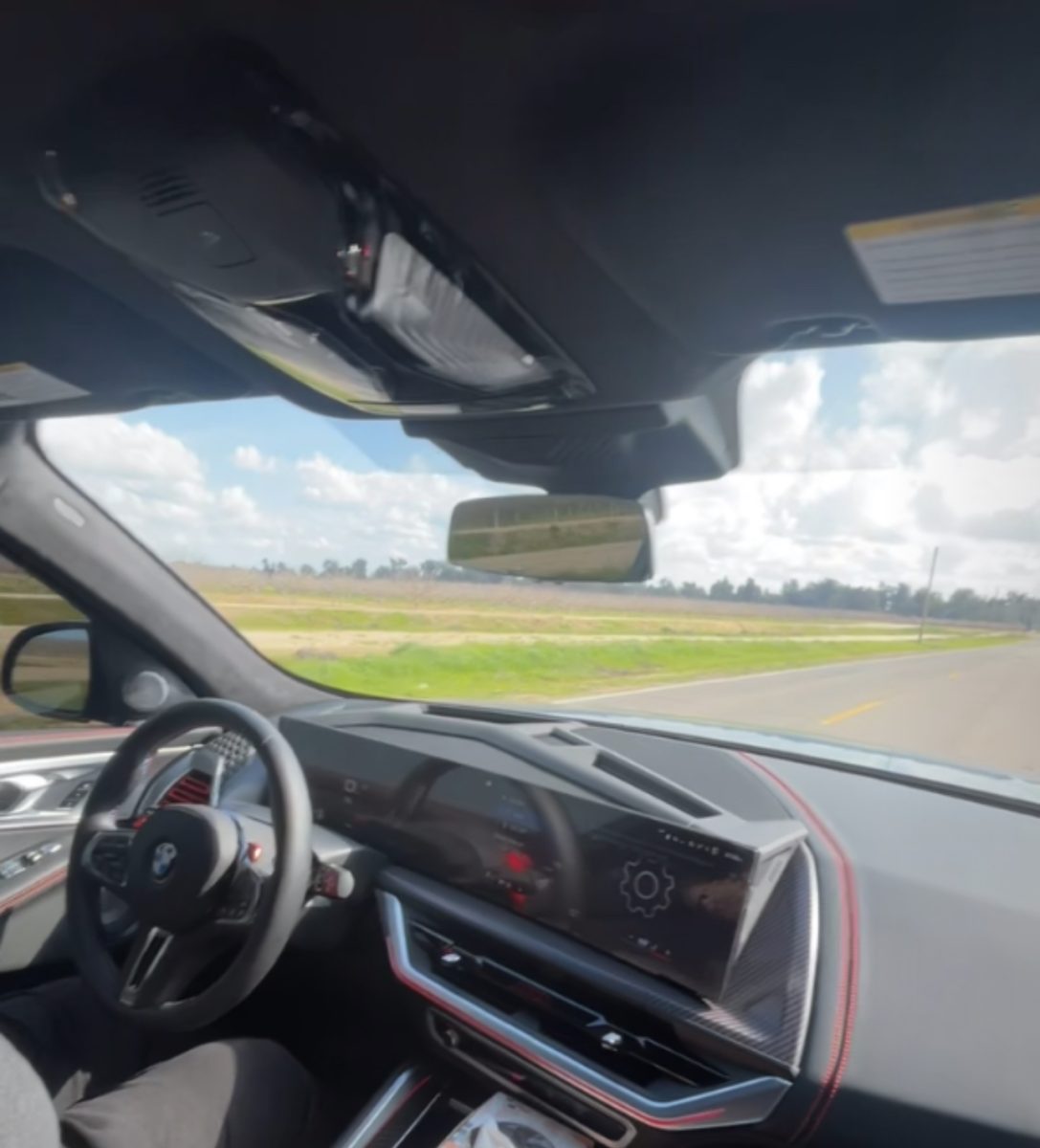NASA’s Technology Transfer Program is licensing its rights to a new form of propulsion that uses electromagnets to control the flow of plasma over aircraft and spacecraft flying at hypersonic speeds. As vehicles fly through a planetary atmosphere at five times faster than the speed of sound they generate a flow of charged gasses. NASA says the electromagnet can then be used to control the flow of gas around the vehicle, either to reduce drag (atmospheric friction) or steer the vehicle. This concept is based on what is known as magnetohydrodynamics, or MHD, which uses electrical and magnetic fields to control the flow of gasses or liquids. This technology was developed by researchers at NASA’s Langley Research Center in Virginia and has been studied for use in a simulated entry into Neptune’s atmosphere.
A separate claim made by NASA was that they could help descent of “larger, heavier craft into planetary atmospheres (including Earth) at higher speeds.” This plasma technology is not only applicable to traditional aerospace vehicles but could also benefit the space tourism industry and the development of reusable space launch systems. With the reduction of drag, spacecraft could achieve greater fuel efficiency, enabling longer missions and reducing the cost of access to space. Another advantage to using this technology is the reduction of heat stress on the vehicle. NASA’s concept involves two electrodes embedded on the heat shield of an aircraft or spacecraft, along with an electromagnet beneath the heat shield.
According to NASA.gov “The Plasma Magnetoshell is based on demonstrated experimental results and the successful implementation would dramatically decrease mission risk, launch cost, mass, and overall radiation exposure.”. The Plasma Magnetoshell is composed of a massless magnetic field and a gram of plasma. The magnetic barrier can be as large as 100 meters. This means the plasma will take three orders of magnitude more drag than the ship. This also allows NASA to go for a more direct trip with Deep space planetary orbiters which can be launched on rapid, direct trajectories decreasing trip times by more than 70%.After phase one and two of testing the conclusion of this program the lightweight Magnetoshell AAES will have been developed and will significantly expand the capability of both manned missions and deep space orbiters.


